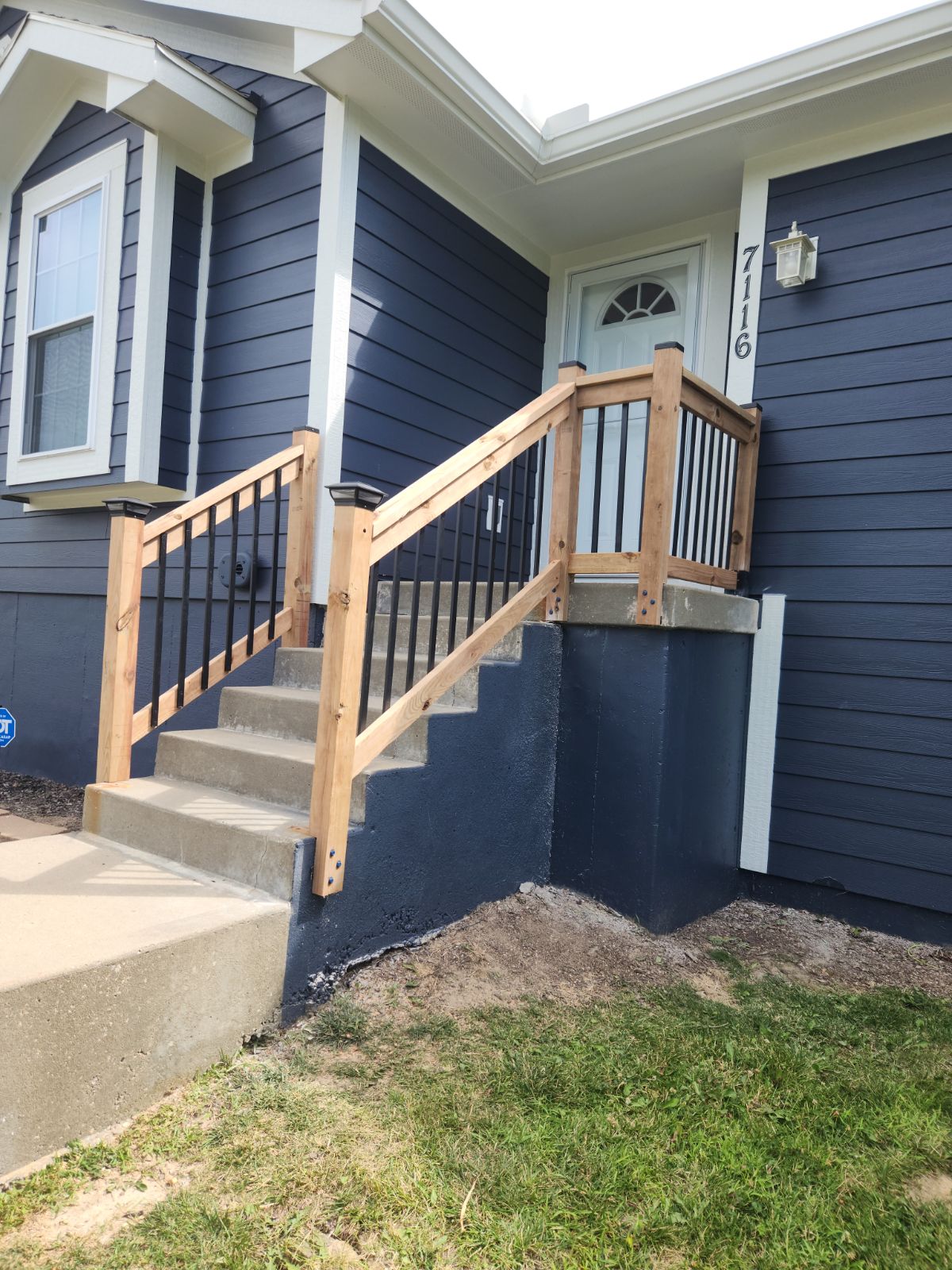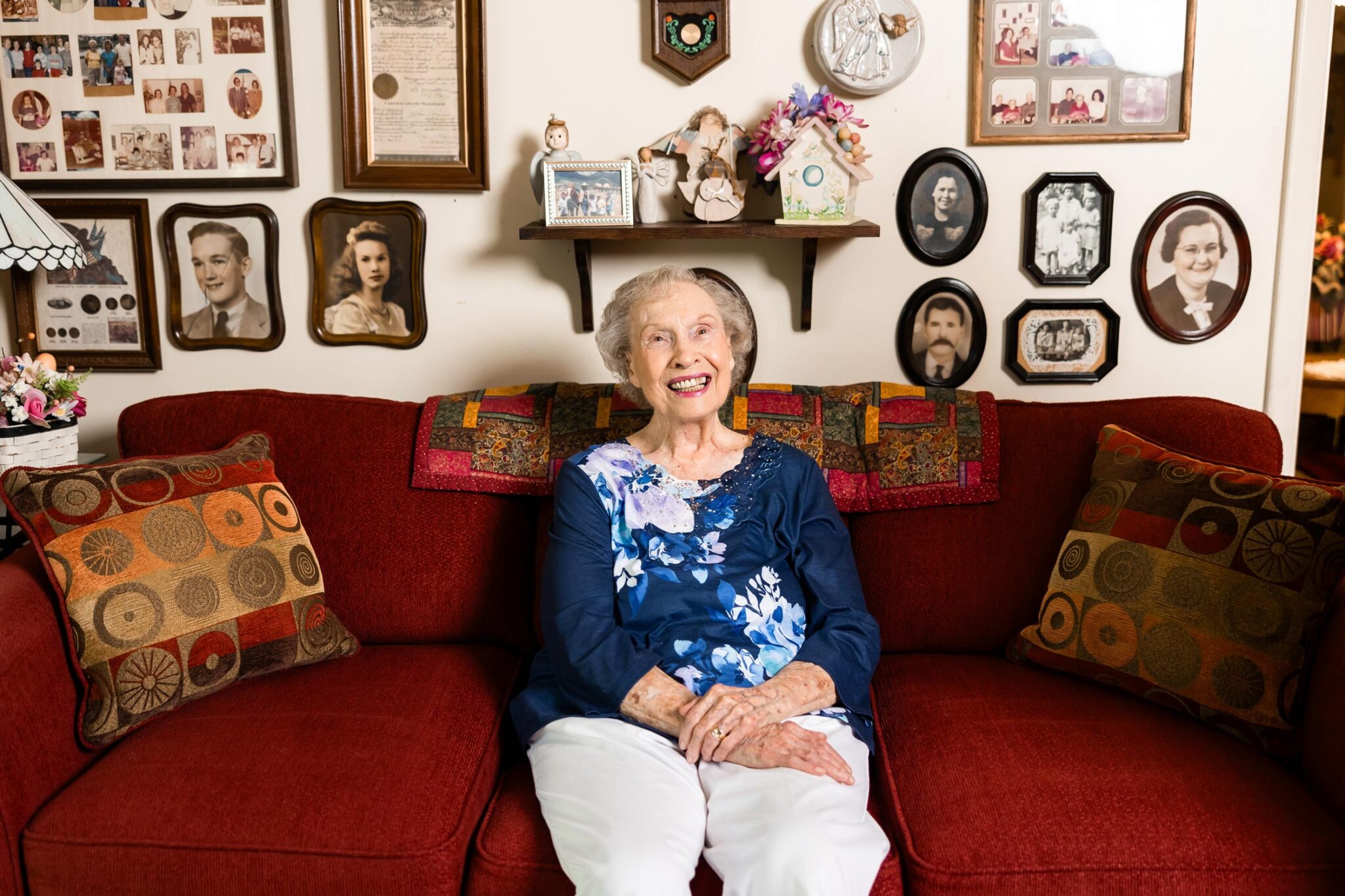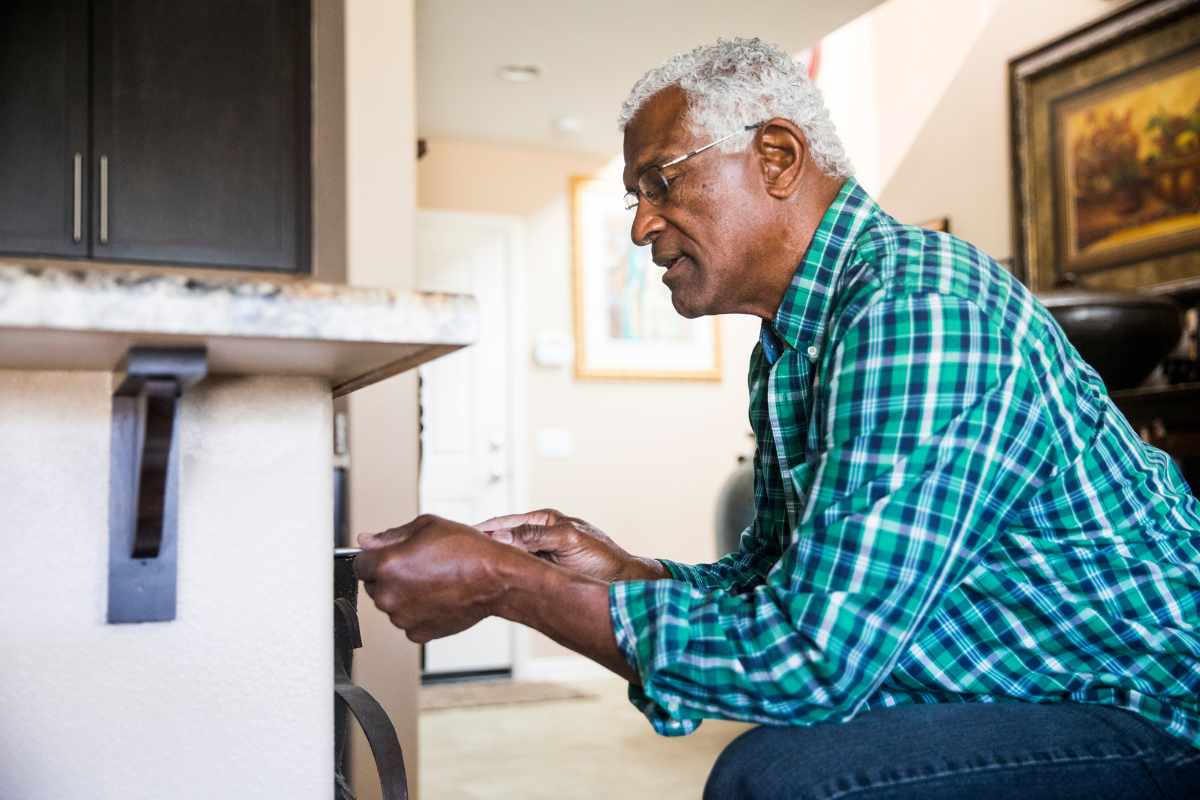The journey toward making a home more accessible for aging residents doesn’t have to be overwhelming. Many seniors believe maintaining independence at home is anything but possible as mobility decreases, but the truth is that thoughtful modifications can make a significant difference. With careful planning and the right support, creating a safe environment where seniors can thrive becomes a feasible reality rather than an unattainable dream.
Starting small is often the key to success. You don’t necessarily need extensive renovations right away—sometimes working with a reliable handyman on targeted improvements provides immediate safety benefits. Whether it’s installing secure grab bars in bathrooms or adjusting counter heights, these modifications allow seniors to maintain their independence while addressing specific mobility challenges. The goal is to create an environment that supports changing needs while preserving the comfort and familiarity of home.

- Secure railings and grab bars are crucial for senior home accessibility. Source: anythingpossiblehandyman.com
Essential Safety Modifications
Safety modifications in the bathroom rank among the most critical changes for seniors aging in place. Properly installed grab bars are essential—and it’s important to note that these safety devices must be anchored securely into wall studs to provide reliable support. A qualified handyman understands that anything less than proper installation could create a dangerous situation. Beyond grab bars, non-slip flooring throughout the home dramatically reduces fall risks, while widened doorways (ideally 36 inches) accommodate walkers and wheelchairs, making navigation much easier for those with mobility challenges.
Bathroom renovations represent another crucial aspect of home accessibility. Walk-in showers with zero-threshold entries eliminate the dangerous step over a tub edge, while built-in seating provides rest during bathing. Raised toilet seats with adjacent grab bars make daily routines possible without assistance. These modifications aren’t just about safety—they preserve dignity and independence. For many seniors, maintaining the ability to handle personal care without help is invaluable for their sense of autonomy and self-esteem, making these improvements valuable.

- Jean enjoys her smart-enhanced home environment. Source: storychiefuser – carelink.org
Smart Home Technology Integration
The integration of smart home technology has changed the landscape of aging in place, offering seniors greater control over their environment. Voice-activated systems make it possible for individuals with limited mobility to adjust thermostats, lighting, and entertainment systems without physically interacting with controls. A local handyman experienced with senior modifications can install user-friendly smart devices that accommodate vision and dexterity challenges, featuring larger buttons, simplified interfaces, and voice commands that make operation intuitive.
Security systems tailored for seniors provide both safety and peace of mind. Motion-activated lighting eliminates the need to navigate in darkness, while doorbell cameras allow residents to screen visitors without approaching the door. Automated medication dispensers with programmable reminders help maintain critical health routines. For many families, remote monitoring capabilities make it possible to check in on loved ones without intrusion. With thoughtful implementation, these technologies support independence while providing reassurance that help is available when needed.

- Help is available for seniors seeking affordable home modifications. Source: storychiefuser – carelink.org
Cost-Effective Accessibility Solutions
Balancing budget constraints with accessibility needs requires strategic planning. While DIY modifications like installing lever doorknobs or adding anti-slip treatments to existing floors can be cost-effective, they may not provide the same level of safety as professional installations. A professional handyman brings specialized knowledge about accessibility standards and can identify potential issues that an untrained eye might miss. For instance, determining correct heights for grab bars or ensuring a shower threshold truly meets zero-entry requirements takes experience and technical knowledge.
Fortunately, financial assistance programs can help make professional modifications possible for those on fixed incomes. Many seniors don’t realize anything from Medicare Advantage plans to state-based home modification programs might help fund necessary changes. The key is prioritizing modifications based on individual needs—focusing first on addressing fall risks and bathroom safety before moving to less critical areas. An assessment from an aging-in-place specialist can help identify which modifications will provide the greatest benefit for a specific situation, making the most of available resources.

- Explore highly-rated resources and organizations for aging in place. Source: storychiefuser – carelink.org
Aging in Place Resources
Government programs offer substantial support for seniors modifying their homes. The USDA’s Section 504 Home Repair Program provides grants up to $7,500 for low-income senior homeowners in rural areas to eliminate health and safety hazards. These funds can make critical modifications possible when they would otherwise be financially out of reach. For many seniors, learning about these programs opens doors to improvements they previously thought unattainable due to cost constraints.
Non-profit organizations and local services provide additional avenues for assistance. Rebuilding Together offers free home modifications for low-income seniors through their Safe at Home program. Many communities have specialized handyman services focusing specifically on senior home modifications, offering both expertise and often sliding scale fees based on income. Insurance coverage through long-term care policies may cover certain accessibility modifications as well. When combined, these resources create a support network that helps seniors remain safely in their homes, maintaining independence while addressing changing physical needs.
